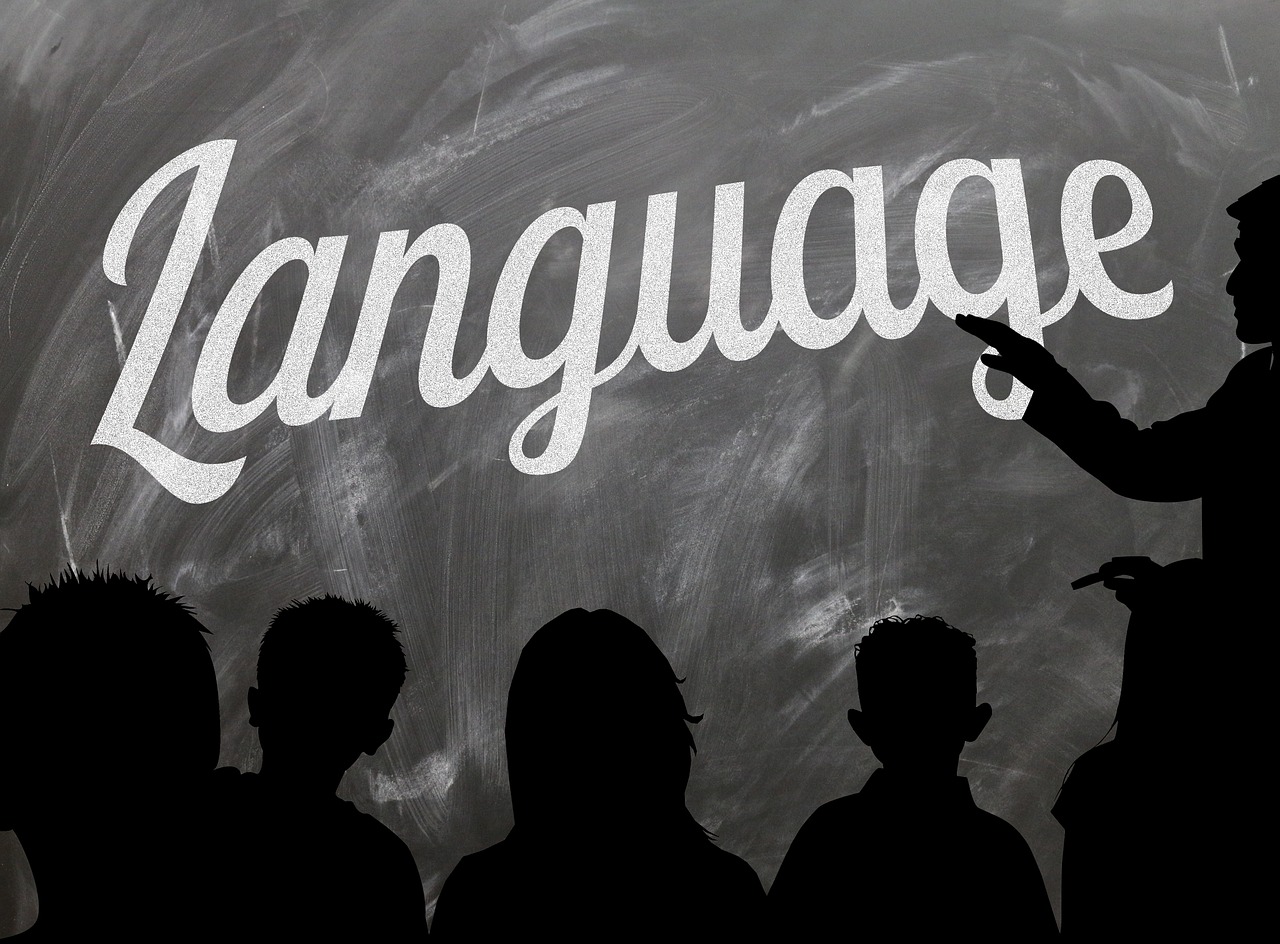In an era where content transcends borders, video translation from Japanese to English has become a pivotal bridge connecting cultures. This intricate process not only demands linguistic precision but also a deep understanding of cultural nuances and contextual relevance. Translators and content creators face the challenge of making Japanese video content accessible to an English-speaking audience without compromising the original message.
This article provides key insights and efficiency tips for mastering video translation from Japanese to English, ensuring content retains its essence while engaging a global audience.
Understanding the Unique Challenges
Linguistic Differences
Japanese and English are linguistically distinct, with vast differences in structure, grammar, and expression. Japanese relies heavily on context, with subjects often implied rather than explicitly stated. Achieving clarity in English without altering the intended meaning requires a nuanced approach.
Cultural Nuances
Cultural references, idioms, and humor may not have direct equivalents in English. Translators must navigate these differences creatively, ensuring that cultural elements are either aptly translated or suitably adapted for the English-speaking audience.
Technical Terminology
Especially in genres like anime, gaming, or technical presentations, specific terms and jargon present a significant challenge. Familiarity with the subject matter is crucial for accurate translation.
Efficiency Tips for Video Translation
Immerse Yourself in Both Languages
Fluency in Japanese and English is a given, but true mastery comes from deep cultural immersion. Regularly consume media in both languages, participate in language exchange, and stay updated on cultural trends. This immersion enhances your intuition for translating nuanced content and slang accurately.
Leverage Subtitling and Dubbing Software
Advancements in subtitling and dubbing software have streamlined the translation process. Tools like Aegisub for subtitling or Adobe Premiere Pro for dubbing provide features that simplify syncing text with audio, editing, and formatting. Familiarize yourself with these tools to increase your workflow efficiency.
Collaborate with Cultural Consultants
When tackling content heavily laden with cultural references, consulting with cultural experts or native speakers can provide invaluable insights. These collaborations can help in finding the best English equivalents for Japanese idioms, jokes, and cultural references, ensuring the translated content resonates with the target audience.
Use Translation Memory Tools
Translation Memory (TM) tools, such as SDL Trados or MemoQ, are essential for managing large translation projects. These tools save translated segments, which can be automatically reused for recurring phrases or terms. This not only speeds up the translation process but also ensures consistency across the translated content.
Focus on Contextual Translation
Rather than translating word-for-word, aim for contextual translation. Understand the overall message, tone, and intention of the scene or dialogue, and then convey it in English. This approach is particularly effective for translating humor, idioms, or emotional content, where literal translations might fall flat.
Break Down the Content
Divide the video into manageable segments, focusing on one scene or dialogue at a time. This method allows for a more concentrated effort on each part, ensuring no detail is missed. After translating each segment, review the video as a whole to ensure coherence and flow.
Prioritize Clear Communication
While it’s important to stay true to the original content, clarity for the English-speaking audience should be your priority. If a direct translation would confuse viewers, opt for a more understandable alternative that conveys the same essence. Always keep the target audience in mind.
Keep Up with Localization Trends
Localization goes beyond translation; it involves adapting content to fit the cultural and social context of the target audience. Stay informed about localization trends and best practices by joining professional networks, attending webinars, and reading industry publications.
Practice Continuous Learning
The landscape of language and culture is ever-evolving. Continuous learning is key to staying proficient in video translation. Attend workshops, take courses on translation and localization, and seek feedback from peers to hone your skills.
Establish a Quality Review Process
After translating, a quality review process is essential. If possible, work with another translator or editor to review the content. Fresh eyes can catch errors or suggest improvements, enhancing the quality of the final product.
Conclusion
Translating video content from Japanese to English is a complex task that requires a balance of linguistic skill, cultural knowledge, and technical proficiency. By immersing yourself in both cultures, leveraging technology, focusing on contextual translation, and engaging in continuous learning, you can master the art of video translation. These efficiency tips not only streamline the translation process but also ensure that the final product is engaging, accurate, and culturally resonant. As the demand for accessible global content continues to grow, mastering video translation opens up a world of opportunities for translators, enabling them to bridge cultures and bring diverse narratives to a wider audience.









